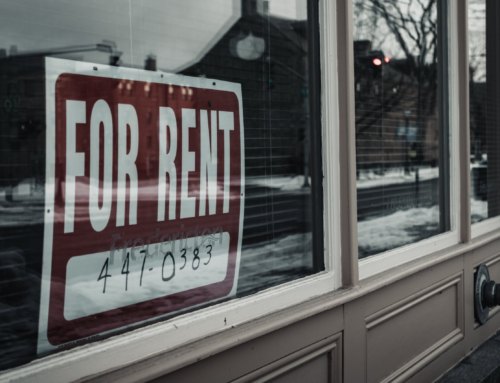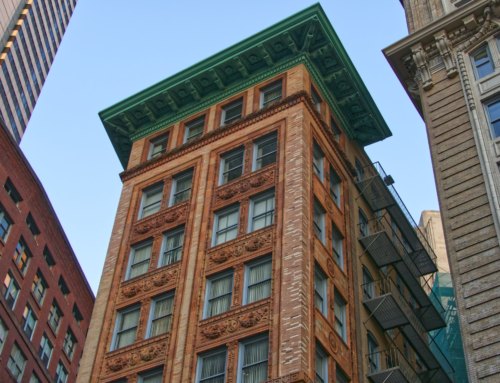The tenant-defendant in Barretto-Morse v. Laiacona, while sounding like a nightmare tenant, is unfortunately not unprecedented, in the author’s experience. And, in the case at hand, this resulted in strong case law supporting good landlords.
When the tenant was already $480 in arrears on her rent, she unilaterally decided to withhold all rent, in April, with no communication with the landlord until July. By the time of the first court decision, the tenant owed over $28,000 in back rent.
The tenant, after she was in arrears, complained to the municipality’s health department. Although some violations were discovered, the court found that the landlord remedied the violations within a reasonable time in compliance with M.G.L. c. 186, Section 19. The most serious violation, the court concluded, was a lead paint violation—as there were traces of lead paint found in the common hallway. With this violation, the court was able to find that the tenant benefitted from a rebuttable presumption of retaliation, pursuant to M.G.L. c. 239, Section 2A; however, the tenant could produce no evidence of damages because of this violation. In addition, the presumption was rebutted by the fact that the tenant was in serious arrears before this violation was discovered.
Through this case, we also learned that the strict liability provisions of c. 111 Section 199(a) require actual damages due to the discovery of lead. Furthermore, the court supported the landlord, when it found that the record demonstrated that the landlord acted promptly and effectively to deal with the violations raised by the tenant.




